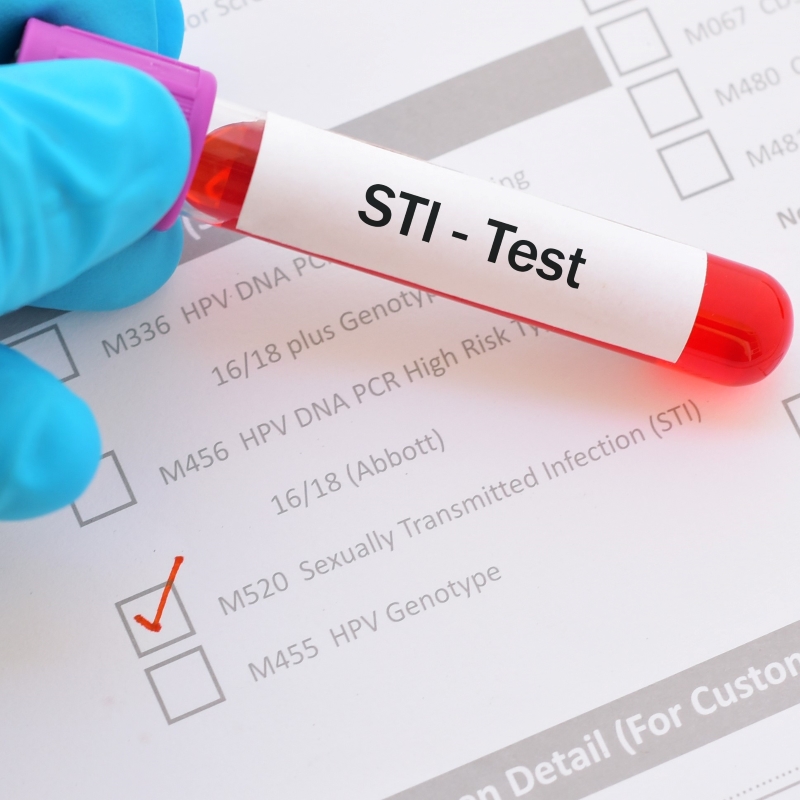
STIs and STDs are often used interchangeably but they are not the same thing. It’s important to understand the difference.
The differences are actually quite simply. One is an infection and one is a disease. Read on to learn more.
GET TESTEDAn STI is an Infection
An STI is a sexually transmitted infection, which is when bacteria or a virus gets in the body. An STD is a sexually transmitted disease, which is when the infection progresses to the point that a person starts to show symptoms.
An STI is an infection and what happens before it turns into a disease. It is often asymptomatic, meaning it shows no symptoms.
An STD is a Disease
An STD is a sexually transmitted disease, which is when the infection progresses to the point that a person starts to show symptoms.
If a person has no signs of symptoms, getting tested for an STI will show if they have the bacterial or virus in their body. But if symptoms are already showing up, such as genital warts or a rash, the STI has become an STD. It’s helpful to know you have an STI before it becomes an STD so you can get treatment early.
An STD is a disease that starts as an infection. While symptoms may appear, some STDs also show no symptoms.
Testing is the Only Way to Know if You Have an STI or STD
If you visit your OB/GYN for our annual exam, don’t assume they automatically test for STIs. Be open and honest with your physician and let them know if you have been sexually active or may have been exposed to an STI. Let them know if you have had multiple partners or anal sex since it puts you at higher risk for STIs.
Take charge of your own health and have the confidence to request STI testing. OB/GYN offices test for STIs all day long — it is very routine and a completely normal request.
Call us today to schedule a confidential appointment at 770.720.7733 or simply schedule an appointment online.


